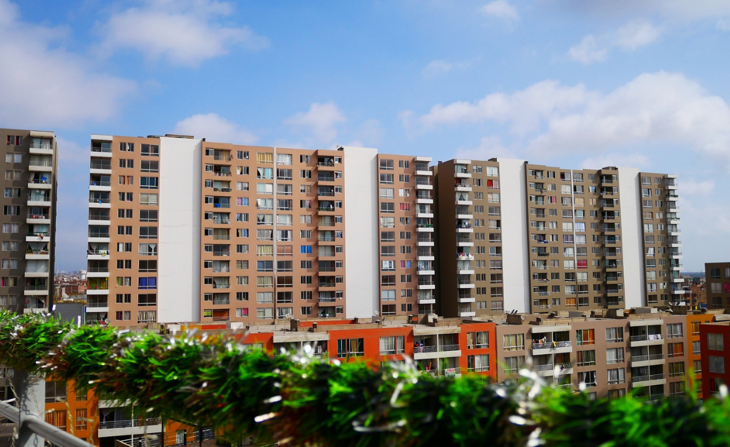 @Pixabay.
@Pixabay.
The rise of real estate as an investment asset class by Latin American (LATAM) insurers and asset managers won’t ease up any time soon, a new study says.
Clear Path Analysis’s new "Global Insurance Asset Management report", produced in partnership with Principal Asset Management, contains interviews with dozens of re/insurers from Europe, Australia, North America, and Latin America and charts the biggest challenges and opportunities that senior insurance investment and asset management professionals faced in 2022.
"In terms of asset allocation, alternative diversification and real estate
is where insurance asset management is heading.”
There is one issue in particular that could hold the market back from developing further in the region. One Mexican insurer said real estate was the investment strategy area they had the least interest in because of the lack of good data available to help them build a well-rounded portfolio.
According to Spanish insurer MAPFRE’s ‘Latin American Insurance Market 2021’ report Real Estate was 1.3% of total structure of investments by insurers in the country.
“I saw an acceleration in real estate investments in the last decade with loans and private equity,” the Mexican insurer said. “Everything we call alternative assets we have been forcing the financial markets to focus on in this area,” they continued. “In terms of asset allocation, alternative diversification and real estate is where insurance asset management is heading.”
Part of this hesitance toward real estate was further explained by the lack of data in the LATAM market, which had affected their investment strategies. If this data were available, they said, real estate would be a more attractive asset class to them.
This sentiment is supported by MAPFRE’s data: in other major LATAM economies such as Argentina, this percentage was just 4.6; Colombia only had 0.6% of total investment structure allocated to Real Estate; and in Brazil, the percentage was also below one. Conversely, in Bolivia it was 19.2% of the total; in Chile it was 15.5%; and it was 15.3% in Ecuador, and 7.3% in Peru.
This trend – whereby emerging markets count real estate as a separate asset class while developed markets intermingle real estate with private equity – is not new. Investors are paid a premium for their exposure to duration, credit, or liquidity risk above the risk-free rate of return.
“In developed economies, the regulatory environment is quite similar,
for the most part.”
“This is why assets such as real estate or private debt command a higher return than developed market sovereign debt,” said Abid Kazmi, Vice President, Pricing and Analytics, at RBC Insurance.
“In developed economies, the regulatory environment (i.e., accounting, bankruptcy rules, access to “salvage” in case of credit events) is quite similar, for the most part.” Regions such as Canada, the US, and Europe have investor rules that generally tend to mimic one another, even if not necessarily down to the fine print, said Kazmi.
“The rules and consequences are well understood, relative to in emerging markets, where regulations and ownership protections can be opaquer."
This means, Kazmi said, that assets such as real estate and private debt – though very different from one another – can still be compared to one another in developed markets. In emerging markets, however, the same cannot be said about these asset classes.
In the study, a Peruvian insurer said they had 10% of their private equity class listed in real estate, which is important to them as a business and in the wider market.
They also said that the recent global swing in interest rates – a rapid rise from some of the lowest rates historically – was a critical element in their future allocation decisions. They had previously looked for different revenue sources away from bonds, which included real estate.
Another Peruvian insurer said their interest in commercial real estate had shrunk as an asset management option, which was partly concerning lockdowns and moves to hybrid working in many countries, particularly in big cities. “Offices and real estate have crumbled,” they said.
The MAPFRE report said investment was a key factor in the economic recovery of LATAM after the initial shocks of Covid-19, but that it could have made a much larger part has circumstances been different. “Economic growth in 2021 was supported by the recovery in internal demand, mainly thanks to private consumption and, to a lesser extent, investment,” it added.